
Start up
Passion. Potential. Pitches. Don't miss any of the 2025 New Venture Challenge excitement.
Tune in Friday, April 11 at 1 p.m. for great ideas and fierce competition. Then, join the judges, mentors, spectators and teams as they see who is going home with thousands of dollars in venture financing. The awards broadcast begins at 6:30 p.m. and one team will walk away as the overall best venture.
Central Michigan University’s College of Business Administration is the home of the Isabella Bank Institute for Entrepreneurship and the first Department of Entrepreneurship in the state of Michigan. We are a student-centric hub where experiential, curricular, and external entrepreneurial opportunities intersect.
Our mission is to maximize student success by fostering a campus-wide entrepreneurial mindset that promotes inter-disciplinary collaboration and the creation of new ventures.
We aim to create innovative programming, boost cross-campus and ecosystem collaboration and provide a comprehensive mentoring program.
Our institute provides extracurricular opportunities and is open to all undergraduate and graduate CMU students.
Are you interested in becoming an entrepreneur?
Every journey is unique. Explore the opportunities that interest you.
Experts on Point is a University Communications series focusing on CMU faculty who have special insights into interesting, important and timely topics. See the complete series here.
The annual Orionid meteor shower is about to grace the heavens with up to 20 "shooting stars" an hour Oct. 20-21.
Hardly a week goes by without meteors or meteorites (meteors that hit the ground) making the news somewhere. In October 2018, it was Central Michigan University's turn in the spotlight after Mona Sirbescu, a geology faculty member in Earth and Atmospheric Sciences, identified a man's 22-pound iron doorstop as the sixth-largest meteorite ever found in Michigan.
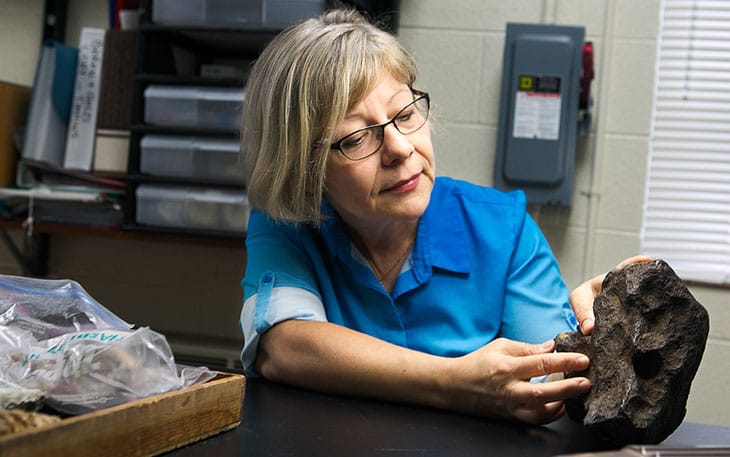
We spoke with Sirbescu about life after meteorite stardom, earth science and the glowing mineral known in Michigan as "yooperlite."
A: People can start with step-by-step characterization of their material, using online resources such as this one from the Lunar and Planetary Science Laboratory, University of Arizona. High-resolution photographs or videoclips, including some detailed close-ups, can help me sort out the inevitable "not a meteorite." I ask for additional information or a fragment if I have any doubt of the nature of the material.
A: Yes! Several inquiries per week continue to pour in. I have worked with a few hundred "meteor-wrongs" sent as photos or shipped/brought to me. But I have also received two real meteorites. One was sent from Kenya, Africa, and I concluded it was a fragment from the recently discovered Sericho pallasite meteorite, based on its appearance and composition. The fragment was donated by the owner and it is now in the CMU meteorite collection.
The other is a small sample from an iron-nickel meteorite brought to me, which is currently being processed in Dr. Anthony Chappaz's STARLAB (short for Speciation-Traces-Analysis-Radioisotopes Lab) for trace-element fingerprinting to determine what meteorite it belongs to.
I have a new 27-gram fragment that appears to be a stony meteorite found near Edmore — again! It was brought to me just recently, so we are at very early stage of investigation.
A: It's a colloquial rock name created in the Upper Peninsula, although this type of rock is found in many other places in the world. The name yooperlite went viral. Nothing wrong with a little regional bragging, right?
While it is a common-looking igneous rock in plain light, spots that glow an unusual bright orange appear under ultraviolet light (blacklight). Pebbles of yooperlite were discovered in 2017 along Lake Superior beaches. Searching for yooperlite has become a very trendy nocturnal hobby for many beachcombing enthusiasts. I have my own collection gathered in one short trip this summer.
The UV fluorescent spots in the yooperlite pebbles are the first mineralogical occurrence of the mineral sodalite in the state of Michigan. Notably, the pebbles were brought by glaciers from Ontario. However, I suspect that multiple minerals may cause the fluorescence in these rocks.
A: Let's not forget exploration and sustainable mining of mineral resources. In particular, critical minerals that are quite rare but are vital for modern "green" technologies and nonconventional energy industries.
You can't have wind turbines without several tons of copper and tens of pounds of rare earth elements. Batteries for electric cars and electricity storage require lithium, nickel and cadmium. Solar panels need even rarer metals such as indium, neodymium or praseodymium. But ironically, it takes huge amounts of fossil fuel to dig these rare metals out of the ground — and that is not progress. We need to look for sustainable ways to mine Earth's resources.
Geologists and geochemists figure out the geologic origins of ore deposits that contain these metals at mineable concentrations. They use this knowledge to explore and find new mineral resources. They also characterize the existing mineral ores with ever-improving analytical methods.
A: Geology may sound like an antique science, and some prefer to call it geoscience. But no matter what you call it, this complex, highly interdisciplinary science has always supported and continues to support civilization's needs, both practical and theoretical.
Water, energy, minerals, keeping us safe from natural hazards, the origins of life, solar system evolution, remediating the environment — you name it; it's all within the realm of geology.
Mona Sirbescu has taught geology courses in earth processes, mineralogy, petrology, economic geology and more since joining CMU in 2001. She earned her Bachelor of Science degree in geological engineering from the University of Bucharest, Romania; her master's degree from Binghamton University, New York; and her Ph.D. from the University of Missouri-Columbia. She recently attended the oath of allegiance ceremony and has become an American citizen.
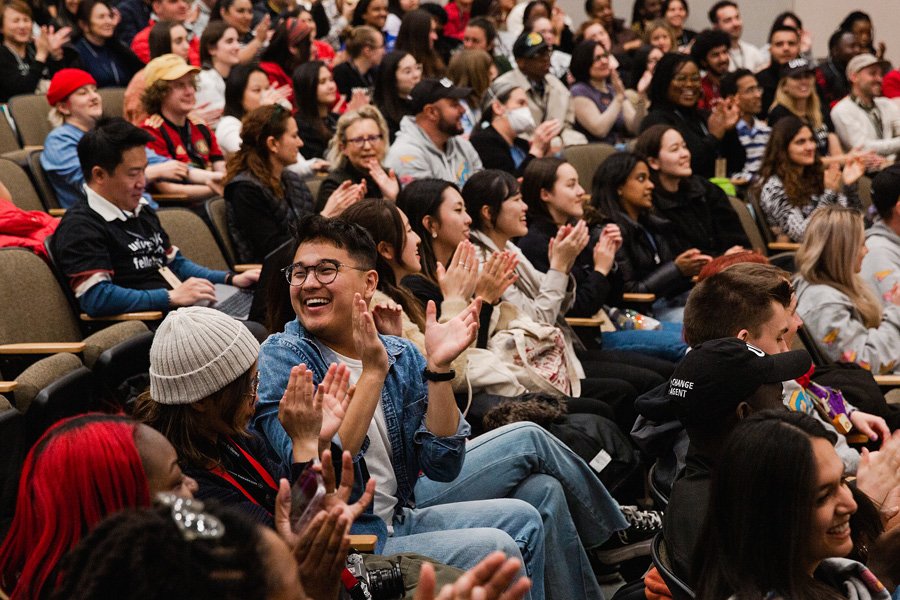
Explore special opportunities to learn new skills and travel the world.
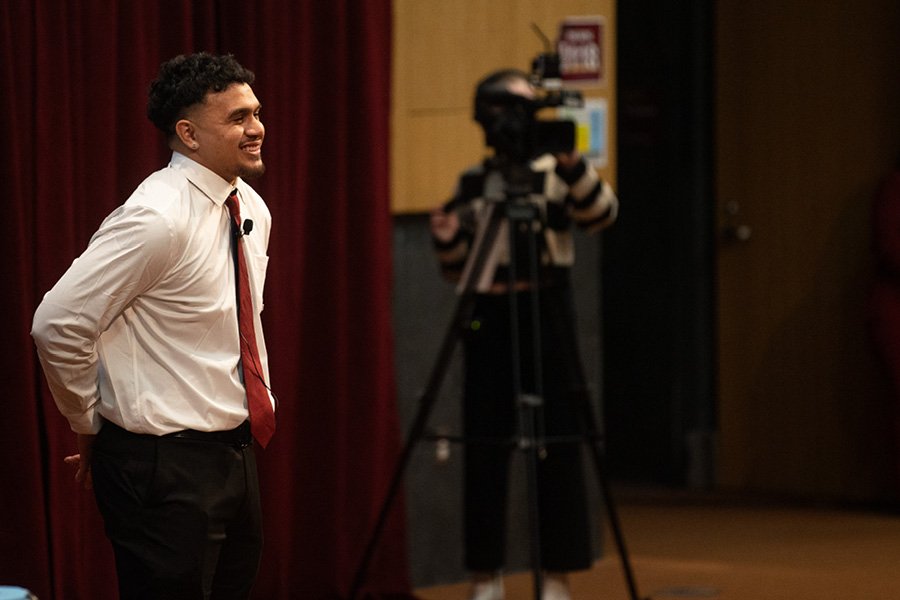
Present your venture and win BIG at the New Venture Challenge.
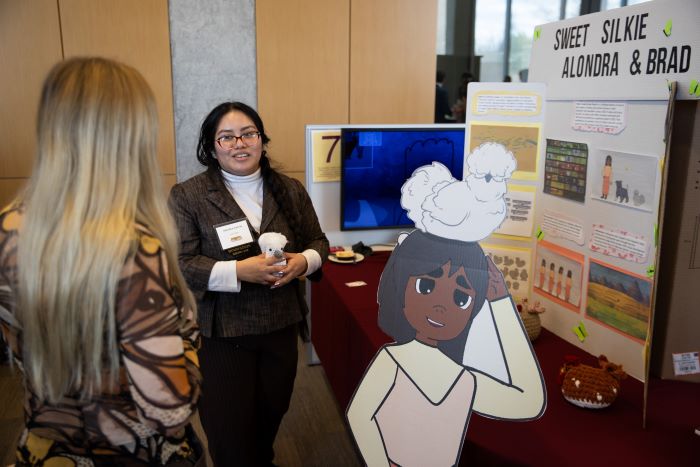
Boost your entrepreneurial skills through our workshops, mentor meetups and pitch competitions.

Learn about the entrepreneurship makerspace on campus in Grawn Hall.

Present a 2-minute pitch at the Make-A-Pitch Competition and you could win prizes and bragging rights!
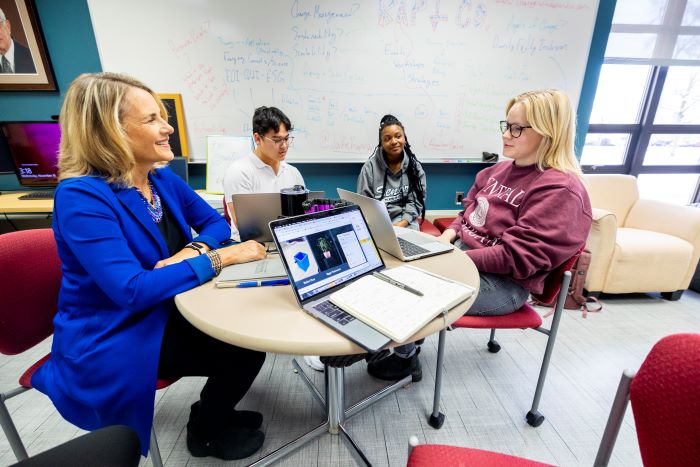
Connect with mentors and faculty who are here to support the next generation of CMU entrepreneurs.
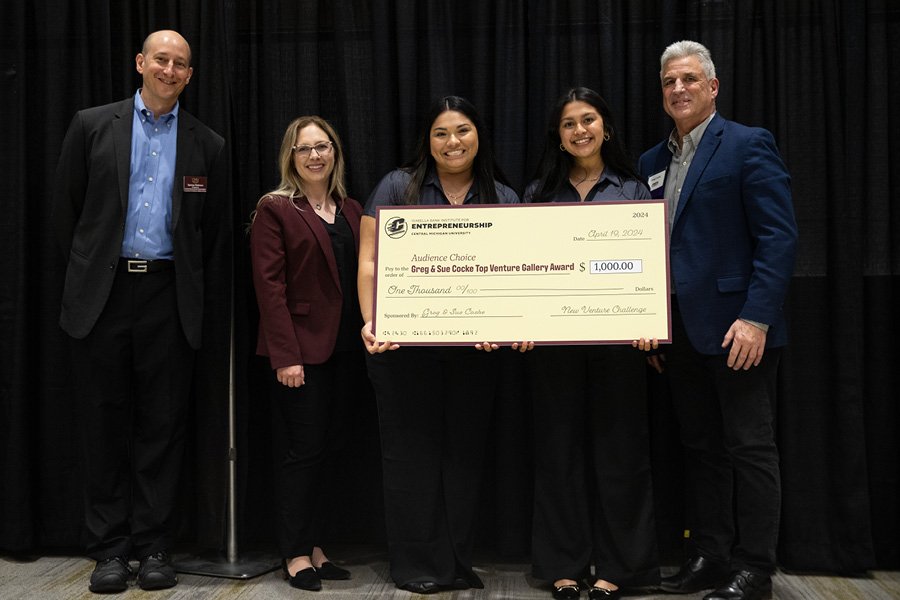
Are you a CMU alum looking to support CMU student entrepreneurs? Learn how you can support or donate to the Entrepreneurship Institute.